HELIOT EMIL SS24 Asks: Can Machines Imitate Humans?
HELIOT EMIL's Spring/Summer 2024 collection challenges the conventions of design through blurring AI aesthetics and physical garments. Merging the brand's staple aesthetic dubbed "industrial elegance" with artificial intelligence, HELIOT EMIL evaluates what human craftsmanship means in an online world.
Expanding on computer scientist Alan Turing's paper The Chemical Basis of Morphogenesis, the team sought to explore the algorithmic relationship between design and nature. In a reactive feedback loop, past archives acted as the dataset for new AI-generated creations, some of which were then turned into physical garments for the showcase.
Read more to hear from the brand's creative director Julius Juul on his process, inspirations and predictions at the intersection of AI and design.
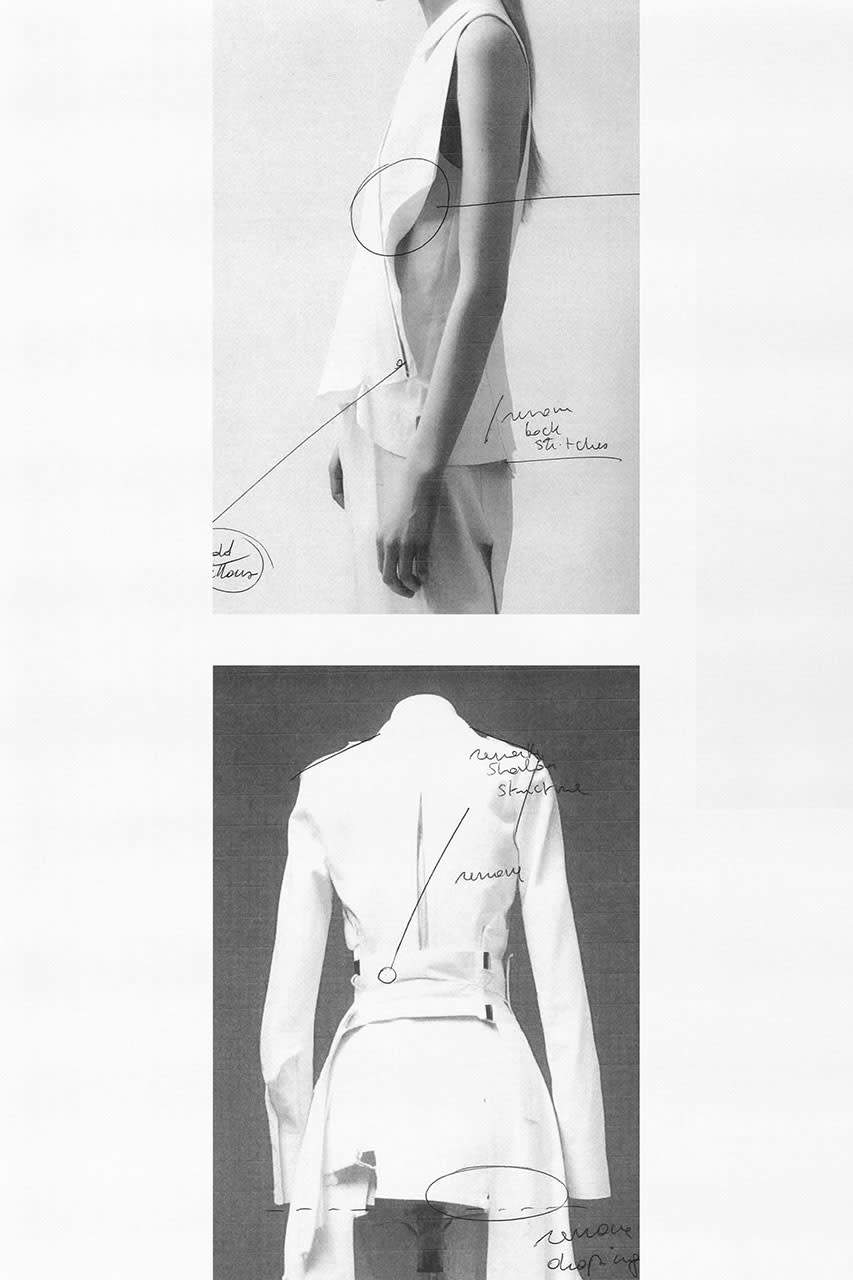
How would you describe HELIOT EMIL to someone who has never heard of it?
One of the key components of the brand is definitely innovation. It's something we like to call industrial elegance. The aesthetic is based around a combination of industrial references -- while our garments are very functional the elegance comes in the form of refined materials. In terms of narrative, we look at other industries for inspiration and see if we can utilize those findings to benefit the fashion industry and push boundaries.
What led you to the intersection of tech and fashion, have you always been interested in innovation?
I've always been very fascinated with tech and inventions. I'm very much a gadget freak, I love photography, videography, computers and all of that equipment is very inspiring to me visually. I'm really interested in the back side of things, like underneath the hood of a car. Aesthetically it's really interesting to ask "How are things made?," "What do things look like when no one's watching?," "What's behind the curtain that makes this whole thing work?" I see so much beauty in that from the colors to the finishes and materials.
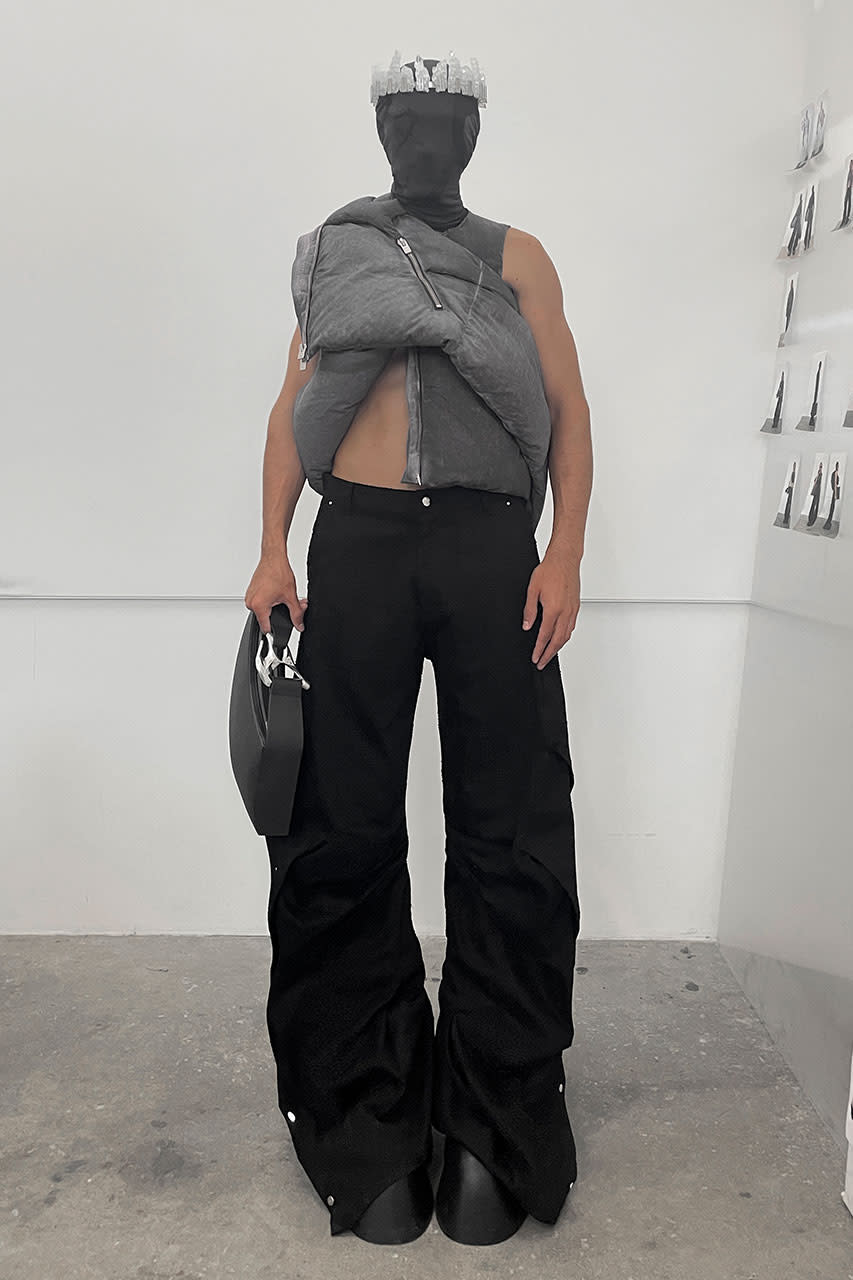
What was the step by step process in bringing this collection to life?
The whole inspiration for the collection was inspired by an article in a paper that Alan Turing did, called The Chemical Basis of Morphogenesis, where he talks about the relation between nature and mathematical biology. He says that there is algorithmic construction in natural phenomenons like how spots are formed on cows or how leaves take various shapes. So, what we sought out to create was a mathematical approach that would have an organic output through laser cutting. Then came time for the show and we started to go into this whole inspiration of the Turing Test asking if computers will ever be able to imitate humans.
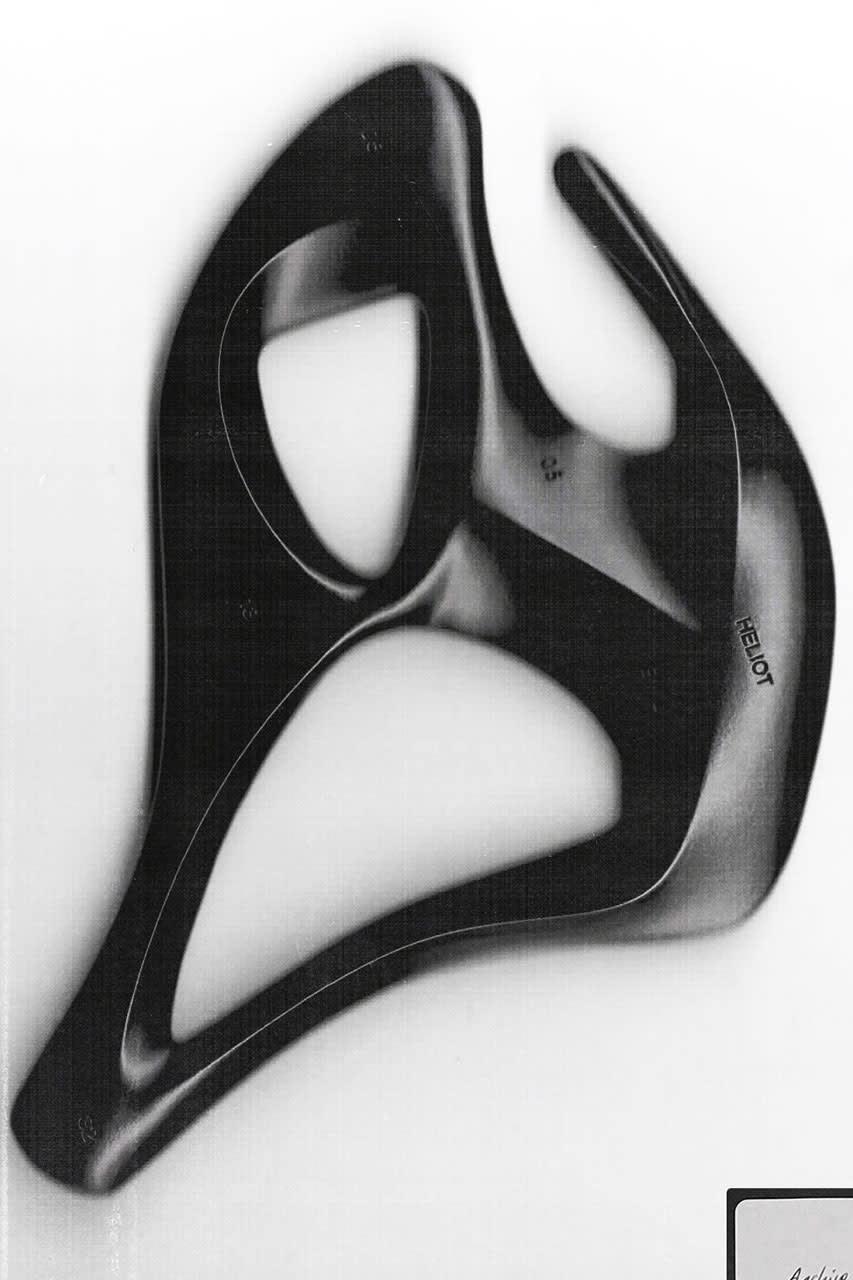
So, we collaborated with an AI company and built an AI model that was trained on a dataset of our archive to create new concepts. We created some of those results that the AI came back with physically in the studio and then we fed those back into the machine. So, it was always a ping pong process, looking at the variations and feeding them back. We also tried to create garments in the collection that looked like AI but they were actually real pieces, ones that looked inflatable or derived from deformed shapes. With that we wanted to challenge what people think of human craftsmanship, "Is it real or is it fake?"
Just because something isn't tangible does that make it fake? It's like the Louis Vuitton show, that you likely only saw through pixels on your screen but you'll never see in person. Is that collection any more real than one that is made of pixels?
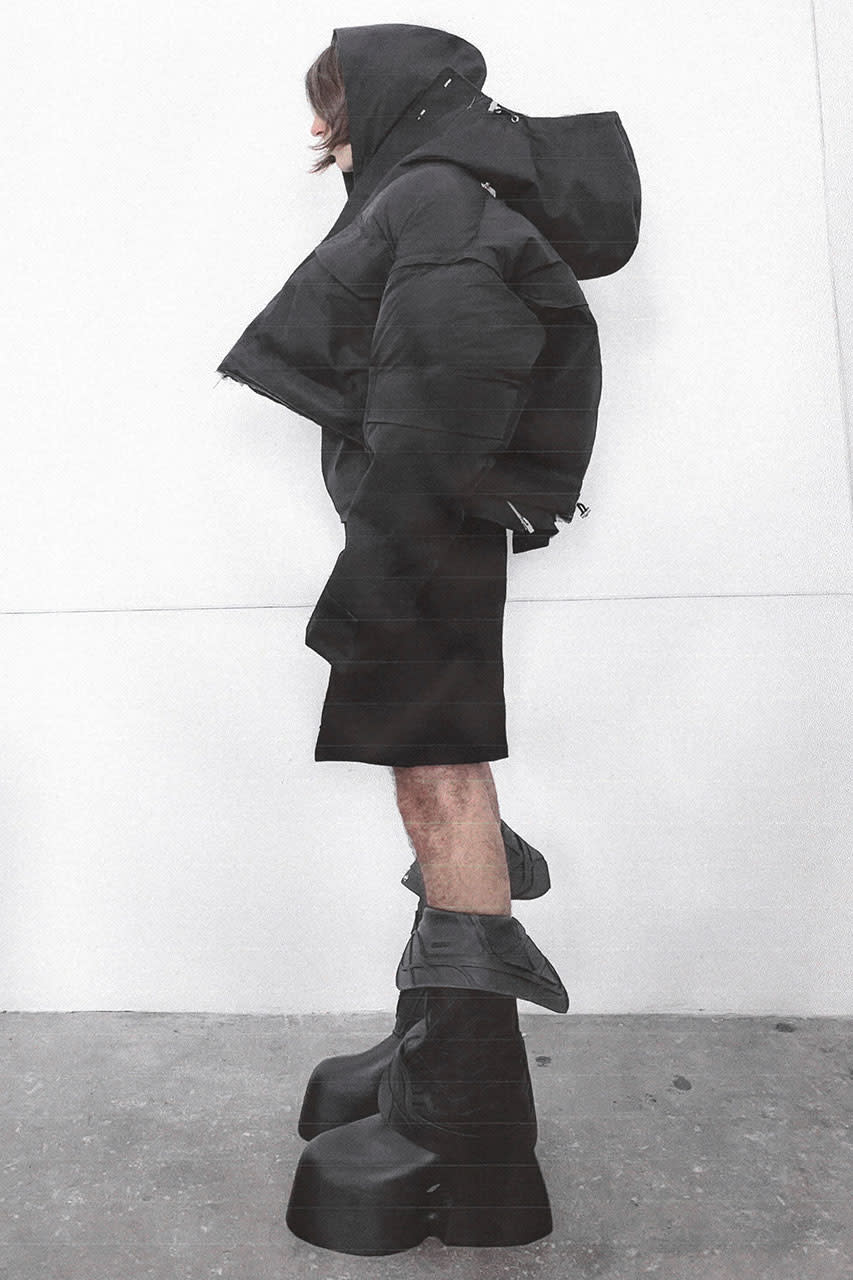
Tell us about what you learned from the process of using AI to make this collection, what was the most surprising part?
It was really about trying to build a machine that could learn from the previous archives and history of our brand and it was interesting to see how unconstrained the AI was. Logically, you wouldn't be able to make a lot of the outputs it was offering due to the construction. The AI would come up with suggestions of where to place zipper, for example, that humans might not be able to actually create. With that, there was a realization that AI is not creative enough to design to completion, its primarily looking backwards.
There's something I learned about called Abstract Assumptions which are, apparently, the hardest thing for the AI to do — to make something that is the correct assumption, but is drawn from abstract learnings. That's why AI-generated hands are often glitchy because the machine doesn't understand different angles or perspectives.
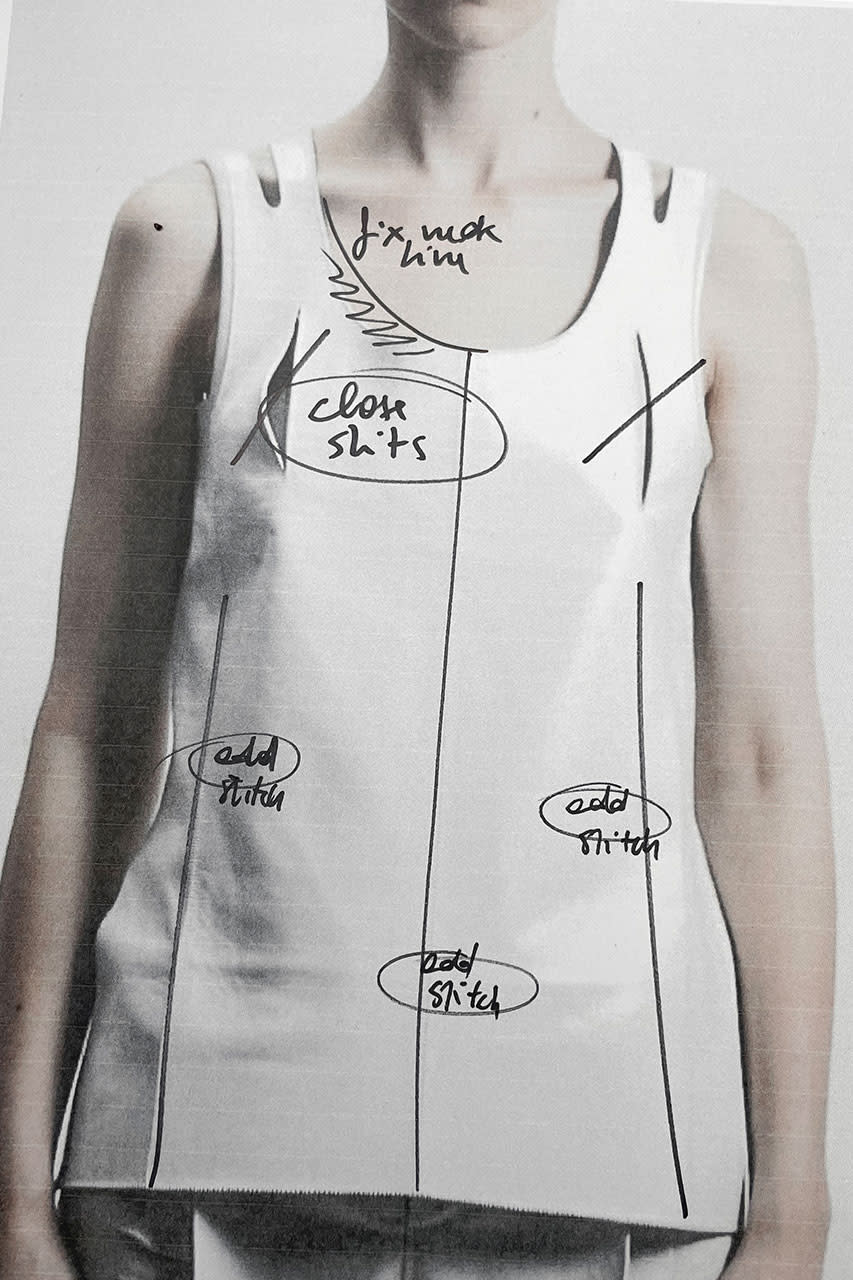
Do you think there's a near future where AI will become sentient?
I think if, going back to like Alan Turing's question, computers will ever be able to imitate humans, that's definitely here already. If they can replace humans, that's a whole other question.
It opens up a lot of questions about what defines human intelligence, is human intelligence just our ability to recall certain things? Or is it the abstract ability to put things together in a creative way? I think there's a misunderstanding in terms of AI being the ultimate human being that knows everything and can do everything. It's primarily in the hands of a human that can guide it in the right direction.
Will you continue to use AI as a part of your creative practice? Or are you ready for a new innovative challenge?
There are some aspects of it that we could utilize. It would be nice to see variations for inspiration in terms of what you can do with the silhouette — maybe it'll come back with some really crazy abstract concepts and ideas that we might be able to replicate like a packaging inspiration for example. But in general, we're going down a direction now that is more considered in elevating materials and sustainable practices through tech innovations. There's still a way to go before we start implementing it as a significant part of the process.

